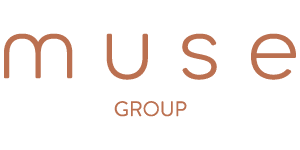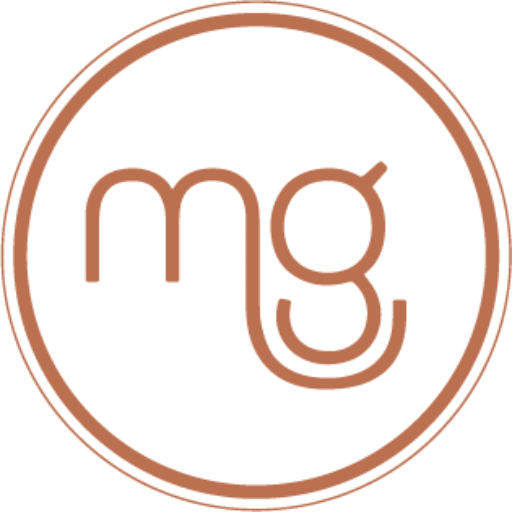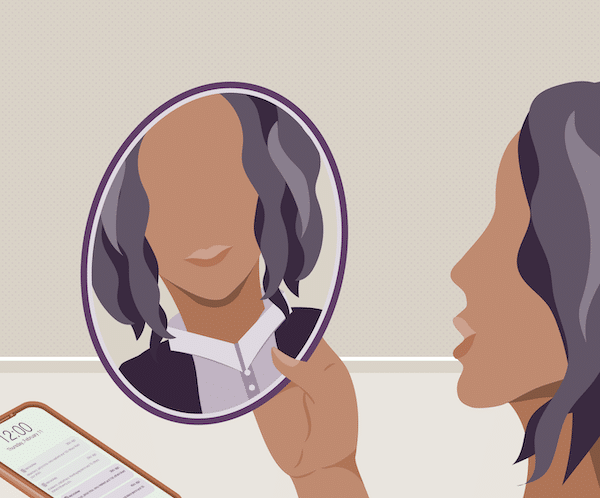
The Basics of A Logo Design
There are many things to consider when designing a logo. Be aware that design is a cyclical, and often, on-going process where a balance must be found between creative freedom and specific business constraints set by the client. Before diving into it, there are some preliminary steps that need to be taken in order to reach a successful and cohesive logo design.
Communication
First and foremost, it’s important to discuss what it is your client is trying to portray with their logo, in accordance to their branding identity. Consider the type of business and industry the client falls under and take a look at what their competitors have already done. Communicate that some helpful materials (research and inspiration) will need to be gathered before the design phase can begin.
Research
Know that it’s expected of both designer and client to do some homework before approaching the task of developing a logo. To develop a successful one that stands out against the rest, it’s best to diverge from imagery or color schemes that have already been claimed. Thus, research, research, and research some more to make sure that you’re not duplicating existing logo ideas that may represent differing companies and industries.
Next, the designer and client can bring what they know to the table. This process of gathering research will help the designer and client narrow down what they can and can’t do, which will also aid in speeding up the process of developing concepts later. It’s also a good idea to compile a collection of logos from your research that were both successful and unsuccessful, and use them as a guide to help define what it is your logo wants to achieve. Even the bad examples can help generate good ideas. When a client has a general idea of what they want in a logo, the designer can better narrow down the very best concepts.
Inspiration
After researching what logos have been established and how the client’s industry represents itself, it’s time to move on to the next phase: gathering inspiration. Discuss what specific colors, fonts, and “feel” that should go into the logo. It’s a good idea to get a list of key adjectives that help describe the impression your client is trying to achieve with their logo. Round up a collection of visual aids, such as inspirational images or mood boards, to further help with the ideation of a new logo. Try gathering specific genres of music or individual songs from the client to further assist in capturing the brand. Once there is a solid amount of inspiration collected, the actual designing phase can begin.
Ideation Sketching
Now that you have the informative research and creative inspiration to work with, it will be much easier sketching out the concepts that coincide with the client’s needs. Start by loosely sketching out your ideas in a bunch of small thumbnail drawings. Don’t worry about them being too perfect, since this is meant only to help put your concepts down on paper quickly. From your collection of quick sketches, find the ones that resonate the most with the client’s vision. Further refine and define those with a series of developed ideation sketches. Once those are created, the refined sketches can be shown to the client. If the client is pleased with the sketches, you can move forward with creating them as vector graphics in vector-based software, like Adobe Illustrator.
Vector Graphics
Render the finalized logo concepts as vectorized graphics. When the client lands on a concept, further refine it as needed. Format the logo design in the appropriate file types so that the client can have cleanly executed, digital versions of it to use in future print and web media. It is helpful to display the new logo on merchandise or store-front signage so that it’s usage and potential can be actualized for the client.
Communication (again)
The process of designing a logo should come full circle to end on good communication. (Although to be fair, constant communication should be engaged throughout each step of the process). Once all logo designing tasks have been fulfilled, follow up with your client to make sure all appropriate file types and design assets have been successfully passed along to them.
Following, and sometimes revisiting, these basic steps to designing a logo will ensure logo success and happy clients.












